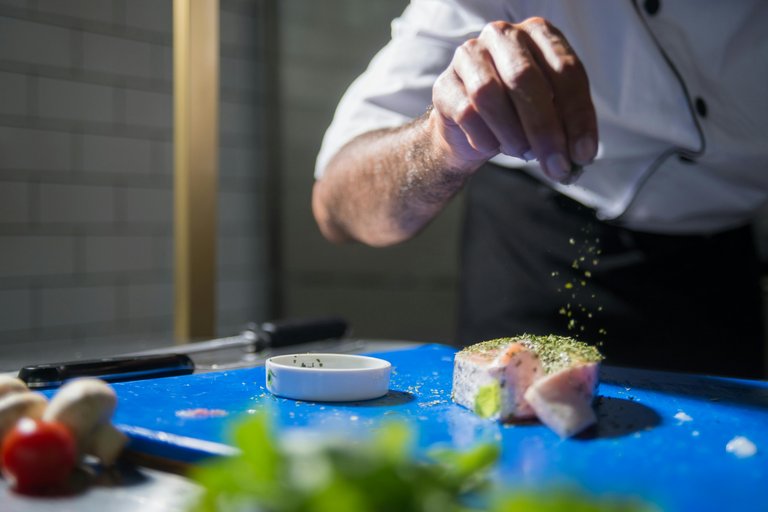Same Ingredient, Different Outcomes
I think there's an interesting comparison between the raw potential of ingredients and the diverse outcomes they can produce.
To me, I do wonder how a single element can transform so dramatically when approached with different intentions and methods.
Ginger, for example, is well known for a sharp, fiery flavor in culinary applications. But it could also serve as a powerful medicinal remedy to address digestive issues or inflammatory conditions.
Maybe there are more use cases that we haven't innovated yet on this versatile root, perhaps, in industrial applications.
A characteristic that all natural ingredients share is their inherent adaptability, and it's mostly left with the user to create what they can imagine based on what they already got.
Put in another way, there's enough potential in a single ingredient to spawn multiple entirely different outcomes.
Pre-determined Outcomes
Outcomes, in general, are always pre-determined by the process that facilitates their becoming. The process itself is the transformative mechanism that reshapes raw potential into specific manifestations.
In a way, there's like a three-part narrative at play: the origin, the process and the outcome.
My focus here is on the first and last stages, how a single, seemingly simple starting point can lead to wildly different destinations.
I think intention is a bit underrated, in terms of its transformative power in shaping our reality. I tend to view it as an invisible architect for whatever aspirational projects we're trying to build.
In the hands of a chef, a ginger root can tell a completely different story than in the hands of a herbalist. The latter has no intention of sensory experience, yet generates holistic transformation with tangible effects.
This principle extends beyond physical ingredients. In human endeavors, intentional transformation happens when we recognize that intention is the first step of creation.
A Process of Reimagining
For the most part, creativity thrives on the ability to see beyond the obvious. "Yes, I see a wall here but what else could this be? A wall can't just be a wall, can it?"
The most innovative minds are those who can look at something ordinary and see extraordinary possibilities. Sometimes, it's more meaningful to reimagine what already exists and create something new out of it.
Prior to today, I haven't heard of Play-Doh and just learned that it was originally designed as a wallpaper cleaner before becoming a children's toy. The real example here is Coca-Cola initially marketed as a medicinal tonic and then transformed into a cultural phenomenon.
What happens when we completely disconnect an ingredient from its traditional context? What unexpected potential might emerge?
In theory, it's like entering no man's land. Nothing beats the courage to challenge existing paradigms.
Time and again, nature teaches us that adaptability is the only true path to survival.
A single seed can become a tree, a source of food, a habitat for wildlife, a provider of oxygen, etc.
Yet as humans, more or less a subset of Nature to a certain extent, we keep forgetting our adaptive nature.
Ignoring our inherent capacity to adapt, transform, and reimagine what we consider fixed or unchangeable.
Thanks for reading!! Share your thoughts below on the comments.

